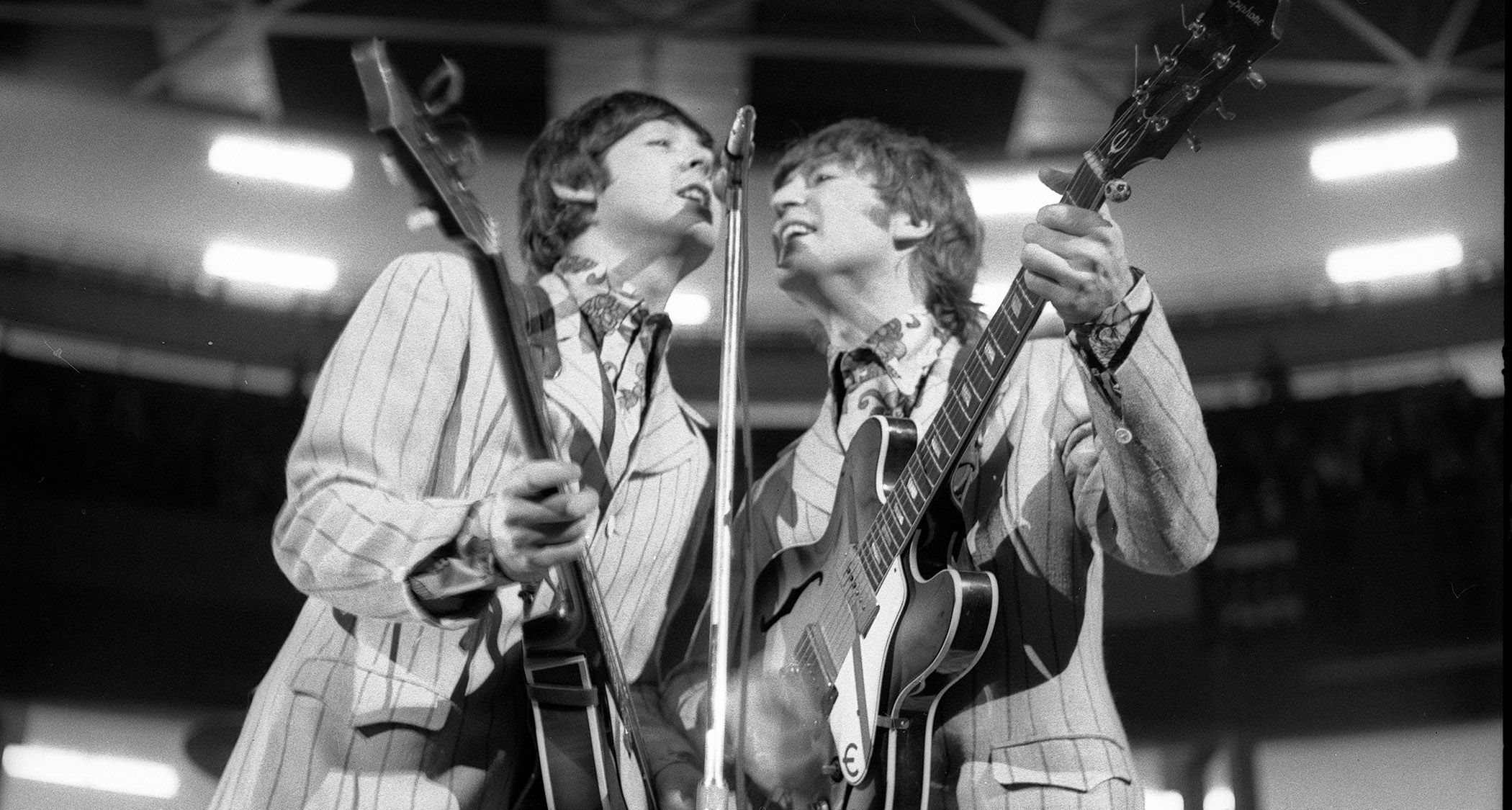
The Melodic Minor scale was used by Paul McCartney the basis for Yesterday and in jazz standard Autumn Leaves to create a sense of airiness. It works a treat when soloing over minor chords, too...
It is another great scale choice to use over Minor progressions. It’s not too dissimilar to the Harmonic Minor as it also features a Major 7th interval.
However, the challenge with this scale when initially trying to incorporate it into your playing, is getting used to its sound. The Melodic Minor spelt out is 1-2-b3-4-5-6-7, and it’s that 6th interval that supplies its almost Major tonality, and it’s this that can make it sound a little odd when first using it in a Minor scenario.
There are a couple of ways of looking at the Melodic Minor. One method is to view it simply as the Major scale with a Minor 3rd, which requires one small change per octave to modify your favourite Major scale shapes and licks.
My preferred method is to see it as Dorian mode (1-2-b3-4-5-6-b7) but with a major 7th. This method seems more logical because both scales are Minor so it’s easier to imagine it on the fretboard.
The most common application of the Melodic Minor scale is in jazz, where it works great over Minor II-V-I progressions; it’s also good over Minor 6th and Major 7th chords. As an aside it’s worth noting that the application of this scale in modern music differs to how it’s used in Western classical styles.
In classical music the Melodic Minor ascends as per its intervals (1-2-b3-4-5-6-7) but descends using the Natural Minor scale (Aeolian mode: 1-2-b3-4-5-b6-b7). There are many compositional reasons for this, but in contemporary music (and this article) it follows the same intervals when ascending or descending, just like any other scale.
Another name for the Melodic Minor is the ‘Jazz Minor scale’ and it’s this description that may strike some level of fear into guitarists when starting out to play jazz.
As mentioned earlier, the big aural challenge is that it has a very light and ‘Major’ sound once we play past the Minor 3rd. But the beauty of Melodic Minor is that it can inject cool jazzy nuances into your playing.
Blending the Minor 3rd with the Major 6th and Major 7th intervals, as seen in the following examples and study piece, is what lends intrigue and interest, and goes to create the scale’s unique sound.
So, if you would like to inject some jazzier lines into your playing, or make your Minor licks sound lighter and airier, do explore the Melodic Minor and see if you can begin to incorporate it into your own playing. It will definitely push your sound to the next level, melodically. Plus it’s a worthwhile and satisfying thing to do. Good luck.
Get the tone
Amp Settings: Gain 7, Bass 5, Middle 5, Treble 6, Reverb 3
Naturally any guitar will be fine for working through our Melodic Minor examples. But, as usual, avoid extreme settings and go instead for something that sounds natural and pleasing to the ear.
Start on your neck pickup (as I did) and perhaps add a hint of drive. Reverb or delay with some light chorus applied will provide a nice modern jazz or fusion sound.
Examples 1-5
Example 1.
This first example outlines a 5th position shape of the Melodic Minor scale. I have purposely used the key of A Minor so that the Major 6th and 7th intervals can be identified. Even if you aren’t confident reading notation, these intervals are easily spotted by the usual inclusion of a sharp (#) sign.
Example 2.
This lick starts with the Major 6th interval of the Am6 chord, outlining this interval along with the Minor 3rd. The second bar starts with a G# note, which is the Major 3rd of the E7 chord, showing how we can neatly outline the chords.
Example 3.
A simple rhythmic and melodic idea is used here, showing how simplicity is often the key to creating effective musical phrases.
Example 4.
Building on the previous example, this lick shows how repetitive rhythmical phrasing can be a useful tool when improvising. It also showcases how sometimes it only takes a few notes to make a big musical statement.
Example 5.
This final example uses the Melodic Minor to outline the notes of each chord with some added colour tones to create an arpeggio-based jazz phrase.
Study Piece
Bars 1-8 Here’s the theme that forms the basis of this study piece. An F# note outlines the 6th interval of the Am6 chord, while a G# targets the Major 3rd of the E7 chord. This eight-bar phrase shows how repetition and call and response ideas represent useful improvisational and compositional tools.
Bars 9-16 Here we take our initial idea up an octave. This is another useful tool to use when improvising and composing, and in this context allows you to explore the A Melodic Minor scale in another fretboard position.
Bars 19-20 We close the piece by using a descending A Melodic Minor phrase over the E7 chord, starting on a G# to outline the chord before the piece concludes dramatically with a British secret agent evoking Ammaj7 chord.







